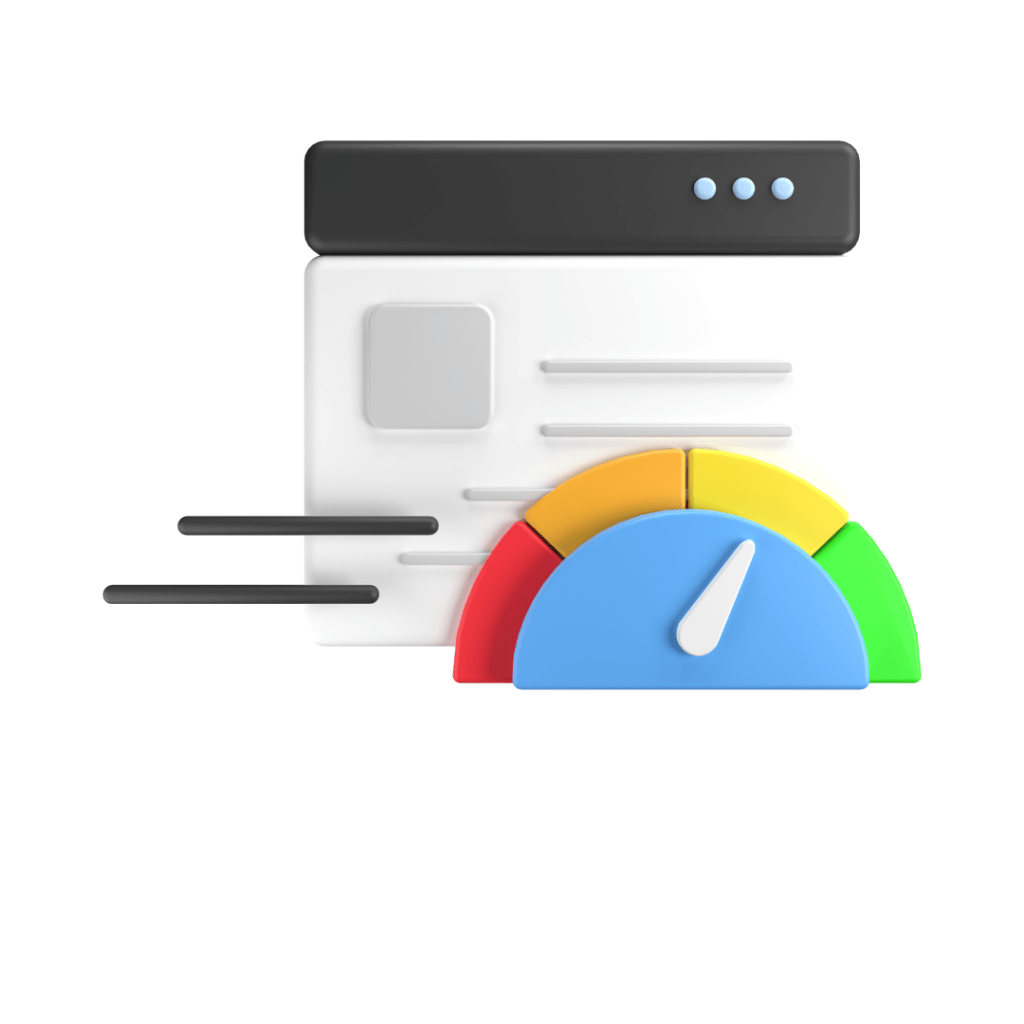
1. Introduction to Google Ads Performance Optimization
2. Setting Clear Goals for Google Ads Campaigns
3. Conducting Thorough Keyword Research
4. Crafting Compelling Ad Copy and Creative
5. Optimizing Landing Pages for Conversion
6. Implementing Effective Bid Strategies
7. Monitoring and Analyzing Performance Metrics
8. Continuous Testing and Optimization Strategies
To truly maximize the potential of Google Ads, it is essential to optimize the performance of your campaigns. This article will provide valuable insights and strategies on how to optimize your Google Ads performance, ensuring that your ads generate the desired results and deliver a strong return on investment (ROI). By implementing the best practices outlined in this guide, you can enhance the effectiveness and efficiency of your Google Ads campaigns, ultimately boosting your business’s online presence and driving growth.
1. Introduction to Google Ads Performance Optimization

The Importance of Google Ads Performance Optimization
Google Ads is a powerful advertising platform that can help businesses reach their target audience and drive conversions. However, without proper optimization, your ads may not deliver the desired results. That’s where Google Ads performance optimization comes into play. By fine-tuning your campaigns and making strategic adjustments, you can maximize the effectiveness of your ads, improve your return on investment (ROI), and get the most out of your advertising budget.
The Benefits of Optimizing Google Ads Performance
Optimizing your Google Ads performance offers several benefits. Firstly, it helps you target the right audience by refining your keywords and ad placements. This increases the likelihood of reaching potential customers who are genuinely interested in your products or services, resulting in higher conversion rates. Secondly, optimization allows you to improve your ad relevance and quality, which in turn can lead to lower cost per click (CPC) and a higher ad rank. Lastly, by continually monitoring and adjusting your campaigns, you can stay ahead of the competition and maintain a competitive edge in the ever-evolving online advertising landscape.
2. Setting Clear Goals for Google Ads Campaigns
Defining Objectives and Key Performance Indicators (KPIs)
Before diving into Google Ads campaign optimization, it is crucial to establish clear goals. Are you looking to generate leads, increase website traffic, or boost online sales? Defining your objectives will help guide your optimization efforts. Additionally, identifying key performance indicators (KPIs), such as click-through rate (CTR), conversion rate, or cost per acquisition (CPA), provides measurable benchmarks for evaluating your campaign’s success.
Aligning Goals with Business Objectives
While setting goals for your Google Ads campaigns, it is essential to align them with your overall business objectives. This ensures that your advertising efforts contribute directly to the growth and success of your business. For example, if your goal is to increase online sales, your Google Ads campaigns should focus on driving qualified traffic to your e-commerce website, optimizing for conversions, and maximizing revenue.
3. Conducting Thorough Keyword Research
Understanding the Importance of Keyword Research
Keyword research forms the foundation of successful Google Ads campaigns. By researching and selecting relevant keywords, you can optimize your ads to appear when users search for products or services similar to yours. Thorough keyword research helps you uncover high-potential keywords that have a good search volume and low competition, increasing the chances of your ads being seen by your target audience.
Tools and Techniques for Effective Keyword Research
To conduct effective keyword research, you can utilize various tools and techniques. Google’s Keyword Planner is a valuable resource that provides insights into search volume, competition, and keyword suggestions. Additionally, competitor analysis can give you a glimpse into the keywords your competitors are targeting successfully. To broaden your keyword list, consider using long-tail keywords, which are more specific and have a higher chance of attracting qualified leads.
4. Crafting Compelling Ad Copy and Creative

Best Practices for Writing Engaging Ad Copy
Creating ad copy that captures attention and persuades users to click is essential for optimizing Google Ads performance. To write engaging ad copy, keep it concise, highlight unique selling points, and include a clear call-to-action (CTA) that encourages users to take the desired action. Using emotional triggers, compelling offers, and relevant keywords can also make your ads more enticing and relevant to your target audience.
The Role of Visuals and Creative Elements
While ad copy plays a vital role, visual elements can further enhance the effectiveness of your ads. Incorporating eye-catching images, videos, or interactive elements can make your ads stand out and capture the viewer’s attention. Visuals should align with your brand image and convey the message you want to communicate. Remember, a well-designed ad with visually appealing creative can leave a lasting impression on potential customers and contribute to improved campaign performance.
Now go forth and optimize your Google Ads campaigns with confidence! With clear goals, thorough keyword research, and compelling ad copy, you’ll be well on your way to maximizing your advertising budget and achieving outstanding results. Happy optimizing!
5. Optimizing Landing Pages for Conversion

The Significance of Landing Page Optimization
Your Google Ads campaign is up and running, but are you getting the results you hoped for? One often overlooked aspect of optimizing Google Ads performance is the landing page. Think of it as the bridge between your ad and the ultimate conversion. If your landing page isn’t optimized for maximum conversion, you’re leaving money on the table.
Key Elements of a High-Converting Landing Page
So, what makes a landing page convert like crazy? Here are a few key elements to consider:
1. Clear and compelling headline: Grab your visitor’s attention right away with a headline that speaks to their needs and desires.
2. Concise and persuasive copy: Keep it short and sweet. Clearly communicate the benefits of your product or service, and make it irresistible to click that “Buy Now” button.
3. Strong call-to-action: Don’t leave your visitors guessing. Make your call-to-action highly visible and enticing.
4. User-friendly design: A cluttered and confusing landing page will send visitors running. Keep it clean, simple, and easy to navigate.
5. Trust indicators: Show off your customer testimonials, positive reviews, or any trust seals to build credibility and trust.
Optimizing your landing page can make all the difference in converting those clicks into paying customers. Don’t underestimate its power!
6. Implementing Effective Bid Strategies
Determining the Right Bid Strategy for Your Campaign
Bid strategies can be a bit tricky, but fear not! Finding the right bid strategy for your Google Ads campaign is like finding your soulmate. It takes time and experimentation, but once you find the perfect match, your ads’ performance will skyrocket.
Consider your advertising goals and budget when choosing a bid strategy. Are you looking to maximize clicks, conversions, or ROAS (Return on Ad Spend)? Each bid strategy has its own strengths, so pick the one that aligns with your objectives.
Maximizing ROI with Bid Adjustments and Optimizations
Bid adjustments are like seasoning on your campaign. They add flavor and enhance the taste of your ads. By adjusting your bids based on factors like device, location, and time of day, you can maximize your ROI.
But don’t just set it and forget it! Keep a close eye on your bid adjustments and regularly analyze the performance metrics. Fine-tuning your bids based on data-driven insights is a game-changer when it comes to optimizing your Google Ads performance.
7. Monitoring and Analyzing Performance Metrics

Essential Performance Metrics to Track
When it comes to optimizing Google Ads performance, tracking the right metrics is vital. Here are a few essential ones to monitor:
1. Click-through rate (CTR): This tells you how effective your ads are in getting users to click through to your landing page.
2. Conversion rate: Track the percentage of visitors who take the desired action, whether it’s making a purchase, signing up, or downloading a brochure.
3. Cost per conversion (CPC): Measure how much you’re spending on average to get one conversion. Lowering your CPC means more bang for your buck.
Utilizing Data and Analytics for Insights
Data is your secret weapon when it comes to optimizing your Google Ads performance. Dive into the sea of analytics to uncover valuable insights about your audience, keywords, and ad performance.
Leveraging this data can help you make informed decisions, refine your targeting strategies, and adjust your campaigns for better results. So, don’t shy away from the numbers – dive in and let the data be your guide.
8. Continuous Testing and Optimization Strategies
The Importance of Testing and Experimentation
Optimization is an ongoing process, and testing is your trusty sidekick. Don’t settle for mediocre results. Embrace a culture of testing and experimentation to uncover what works best for your Google Ads campaign.
Try different ad variations, landing page layouts, and targeting options. Test and measure, and then test some more. It’s all about finding those sweet spots that will take your performance to the next level.
Ongoing Optimization Techniques for Sustained Performance
Optimization is not a one-time affair – it’s a love affair. Be prepared to continuously monitor and optimize your Google Ads campaign to maintain peak performance.
Keep an eye out for new trends, technologies, and insights. Regularly revisit your ad copy, keywords, and bidding strategies to ensure they’re aligned with your goals. By staying proactive and adaptive, you’ll be able to sustain and even improve your Google Ads performance over time.
Remember, optimizing Google Ads performance is not a set-it-and-forget-it task. It requires attention, creativity, and a willingness to adapt. So, buckle up and get ready to rev up your ads for success!
By implementing the optimization strategies discussed in this article, you can take your Google Ads performance to new heights. Remember to continuously monitor, analyze, and tweak your campaigns to adapt to the ever-changing digital landscape. With a data-driven approach and a commitment to ongoing optimization, you can drive better results, increase conversions, and achieve a higher ROI. So, take the time to optimize your Google Ads campaigns and unlock the full potential of this powerful advertising platform.
FAQ
1. Why is optimizing Google Ads performance important?
Optimizing Google Ads performance is crucial because it helps you maximize the effectiveness of your campaigns and achieve better results. By optimizing your ads, you can improve your ad relevance, increase click-through rates, lower your cost per click, and ultimately drive more conversions.
2. How can I determine the right bid strategy for my Google Ads campaign?
Choosing the right bid strategy depends on your campaign goals and budget. Google Ads offers various bid strategies, such as manual CPC, target CPA, and target ROAS. Consider factors like your desired cost per acquisition, return on ad spend, and the level of control you want over your bids when deciding on the most suitable bid strategy for your campaign.
3. How often should I monitor and analyze my Google Ads performance metrics?
Regular monitoring and analysis of your Google Ads performance metrics are essential for identifying opportunities to optimize your campaigns. It is recommended to review your metrics at least once a week to track progress, identify trends, and make data-driven adjustments. However, the frequency may vary depending on campaign size, objectives, and budget.
4. What is the role of testing and experimentation in Google Ads optimization?
Testing and experimentation play a vital role in Google Ads optimization. A/B testing different ad variations, landing pages, and targeting options can help you identify what works best for your audience. Through ongoing experimentation, you can refine your strategies, uncover new insights, and continuously optimize your campaigns for improved performance and higher conversions.



